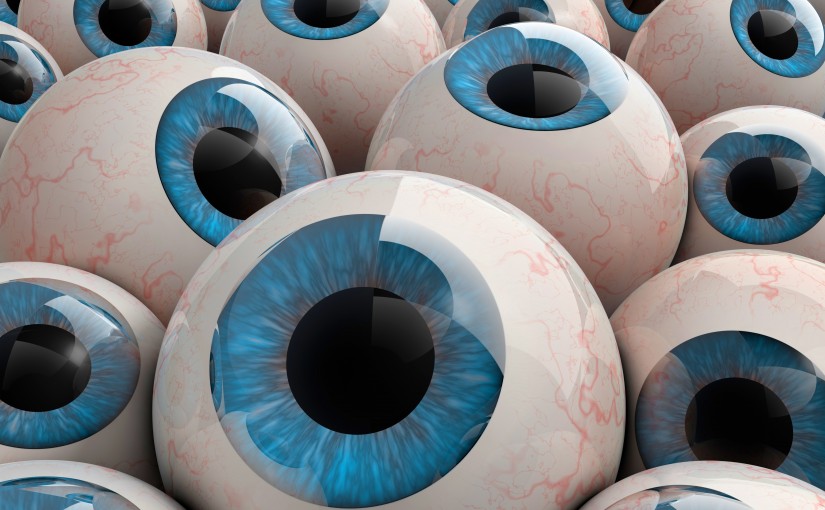The Center for Global Development, where I work, has a shiny new transparency policy. From now on, our presumption is that when authors post publications on cgdev.org that involves quantitative analysis, they will also post the data and computer code needed to reproduce their results in full. That way, any visitor to the web site can check our work.
In his blog post explaining the new policy, David Roodman explains why this is important. It is intended to increase both the quality and credibility of our research, and to enable other researchers to use the data and the code.
Of course this is a little daunting for us too. As David says:
Fundamentally, then, the new data and code transparency policy is about putting the pursuit of truth first. We believe that this step is both right in itself and strategically smart. In statistical analysis, as in software, bugs are the norm. So placing more of CGD’s work in the public domain will inevitably expose mistakes. That can be a daunting prospect for an organization that prizes its reputation for high-quality analysis. But transparency serves the public good. And serving the public good is what CGD, as a charity, should do.
Our full policy is here (pdf).






3 responses to “Given enough eyeballs, all bugs are shallow”
[…] order to have a functional market, knowledge asymmetry should be solved as much as possible. The transparency drive in development funding provided the information needed. The International Aid Transparency Initiative lead to the […]
[…] Follow this link: Given enough eyeballs, all bugs are shallow […]
[…] Barder discusses on his blog the CGD’s new transparency policy. The key component of this new policy is that from now on, […]